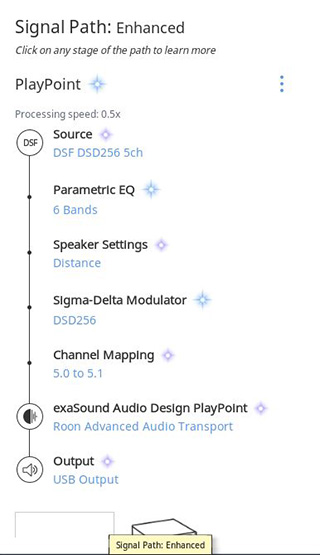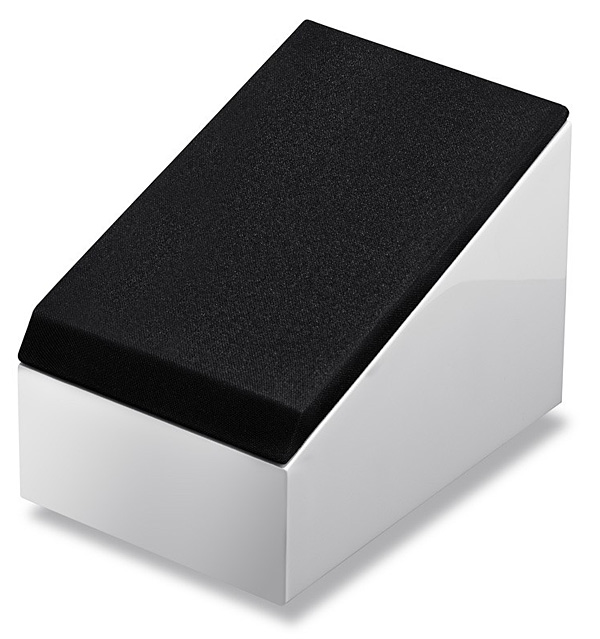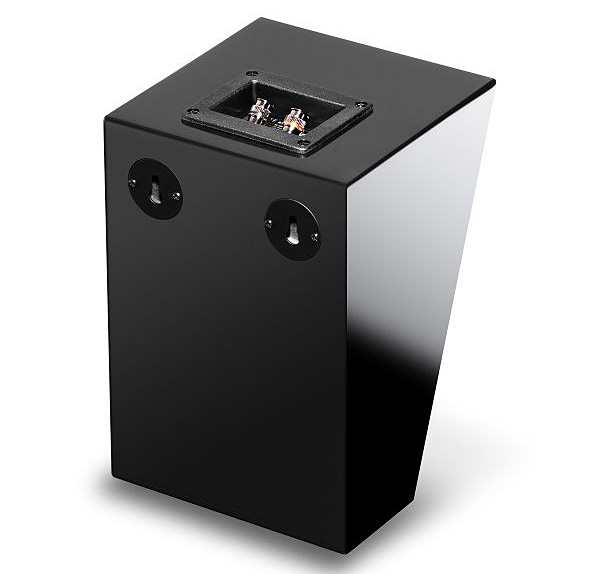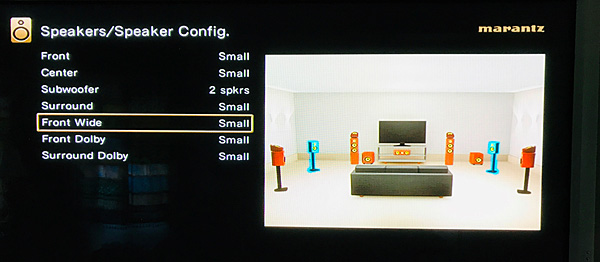| Columns Retired Columns & Blogs |
Always great to hear about multichannel capabilities of software and techniques like the Auro-Matic 3D. I'm sure like any automated DSP "spatialization" technique, there are limits. Some nice demo tracks, some not-so-nice.
Curious if there is a way to let us know what i7 processor is in the Nucleus+? This will help put into context the processing demands of the Roon DSP for those looking at building their own machines while using the Nucleus+ as a bit of a benchmark for comparison...
 From all that, you might conclude that adding DSP might not be a walk in the park. I set up two DSP configurations: an easy one that included only some simple parametric EQ filters and speaker setup (channel delays and levels), and a more arduous one that added convolution processing for room EQ. All of these worked perfectly well at all PCM resolutions up to 24/352.8, though at that highest resolution the headroom indicators dropped to between "3x" and "5x." With DSD, the situation was not so happy. Only with the easy configuration at DSD64 did the headroom rise above "1.5x" and give continuous playback. Adding the convolution processing, it shrank to "1x" and played only some of the time. With DSD128 and DSD256, the headroom was always less than "1x" and playback was riddled with interruptions.
From all that, you might conclude that adding DSP might not be a walk in the park. I set up two DSP configurations: an easy one that included only some simple parametric EQ filters and speaker setup (channel delays and levels), and a more arduous one that added convolution processing for room EQ. All of these worked perfectly well at all PCM resolutions up to 24/352.8, though at that highest resolution the headroom indicators dropped to between "3x" and "5x." With DSD, the situation was not so happy. Only with the easy configuration at DSD64 did the headroom rise above "1.5x" and give continuous playback. Adding the convolution processing, it shrank to "1x" and played only some of the time. With DSD128 and DSD256, the headroom was always less than "1x" and playback was riddled with interruptions.











































